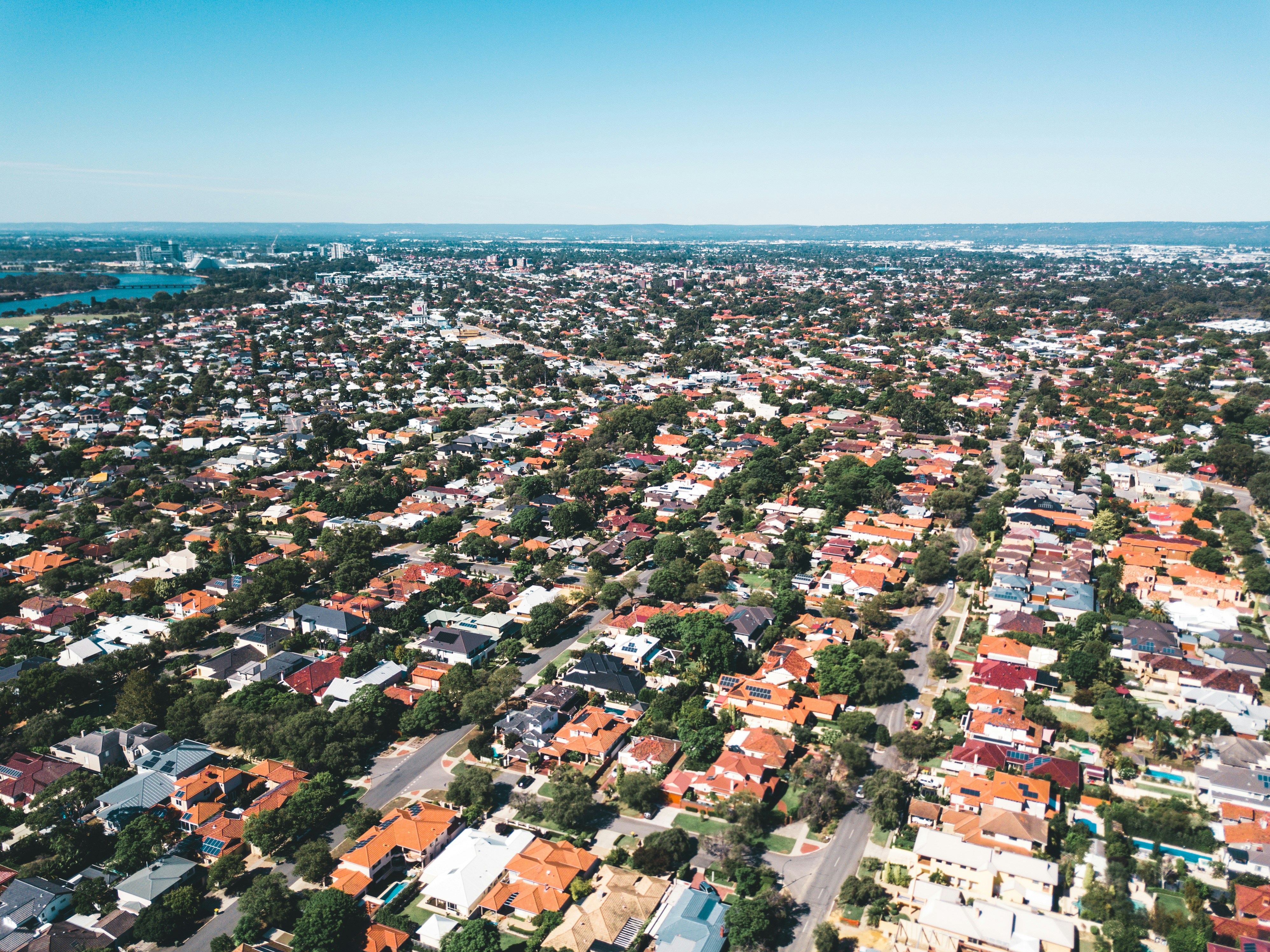If there’s one property trend that has stood out post-COVID, it’s that markets are moving at increasingly different speeds and directions.
In fact, it’s arguably not accurate to say “the Australian market” is in a downturn.
Let's take a closer look at the state of the capital city markets, and discuss what such diverse conditions mean for property investors looking to buy.

Surgeons, anaesthetists and internal medicine specialists dominate the top 3 occupations held by property investors in Australia.
Spring is just around the corner and listings are already on its way up - a sign that we’ll be seeing a busier market as the weather warms up.
If you think Australia’s interest rates are high, compare our 1.85% cash rate with Argentina’s 69.5%.

Total rental listings in the combined capital cities have plummeted by -21.1% in the past 12 months, according to CoreLogic. However, new listings have risen by 7.2%.
Brisbane is experiencing a critical shortage in rental stock, as the city sees the greatest 12-month drop in both total listings (-28.6%) and new listings (-11.1%).
Canberra has recorded the biggest jump in both total listings (26.8%) and new listings (43.7%) over the past year.

Where Australia is at in the property cycle


Median house prices in the capital cities in the 12 months to June 2022 were up by 6.3%, according to PRD.
This has slowed from the 15.5% growth in the 12 months to December 2021.
Australia has always been made up of multiple real estate markets. But the pandemic, which has had a varying level of impact on each city, has created increasingly fragmented markets.
Each property market is responding differently to recent market factors, including:
Inner city areas are in different stages of the property cycle.
Not only are all capital cities different, the sub-markets within them are also diverse. In the first half of 2022, values in some cities dipped while they climbed in others.
There was more consistency in the regional markets, where all states except NT recorded double-digit growth (ACT excluded due to lack of data).
The latest ‘Time to Buy a Dwelling’ index also paints a picture of a diverse property market.

LOCATION, LOCATION
Location has always been king in real estate but it’s arguably more so than ever in the vastly divergent, multi-speed market we’re seeing.
If you’re seeking to buy a property, look for areas showing consistent falls in stock levels and days on market.
When there aren’t enough properties to go around and they’re flying off the market at the same time, it’s an indicator that demand is picking up (and prices won’t be far behind).
Also relevant is population growth and migration levels, as these point to overseas and interstate demand, which can either replace or supplement local demand.
FAST-CHANGING MARKET
The property and loan markets are shifting very rapidly.
- A market experiencing a peak or a downturn now can move to a different phase in the coming months.
- More expensive segments tend to be hit first by rate rises.
Buyers are not holding their breath for rate hikes to stop any time soon. They expect changes in the borrowing environment to continue impacting the market overall.
- Some buyers are jumping the gun and are already pricing in future rate hikes to cushion the impact and account for potential price falls before purchase.
The ‘Time to Buy a Dwelling’ index is an indicator that optimism has recovered in some states more recently.
- It also shows buyers are now looking at the market with a more local lens.
BORROWING CAPACITY
A fast-moving market also means buyers should be mindful of their borrowing capacity and how it can change.
The cash rate increased by 1.75pp between May and August and this is forecast to continue rising.
Prudent buyers should review their borrowing capacity every 1-3 months, given that pre-approvals are generally valid for 3 months.
Prices at a glance
Houses

Units

Australian property prices ballooned by 28.6% during the pandemic in 2021, culminating in a market peak in April 2021. Now, following three consecutive months of price falls, values are -2% below that peak.The capital cities that saw growth in both houses and units include Adelaide, Perth and Darwin. Brisbane unit values are still increasing but the city’s houses have begun to dip by more than -1%. It’s the first time Brisbane saw median prices fall since August 2020.Price movement in the combined regional cities are following in the footsteps of the capital cities, decreasing by -0.2% in July. It’s proof that even the regional centres, which also haven’t seen median prices drop since August 2020, are feeling the impact of the downturn.












